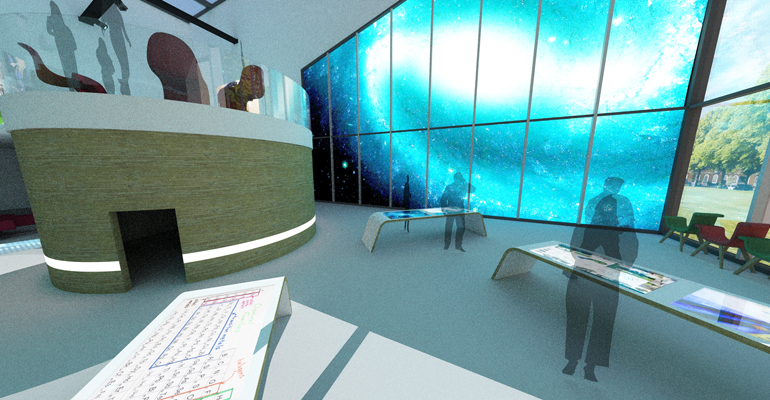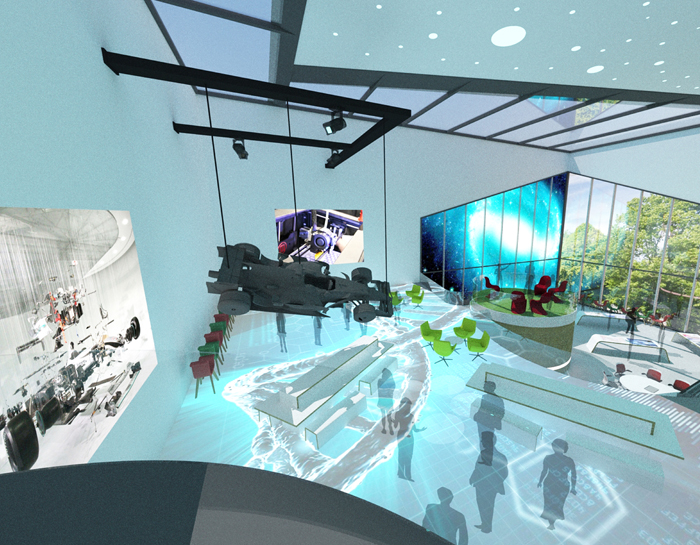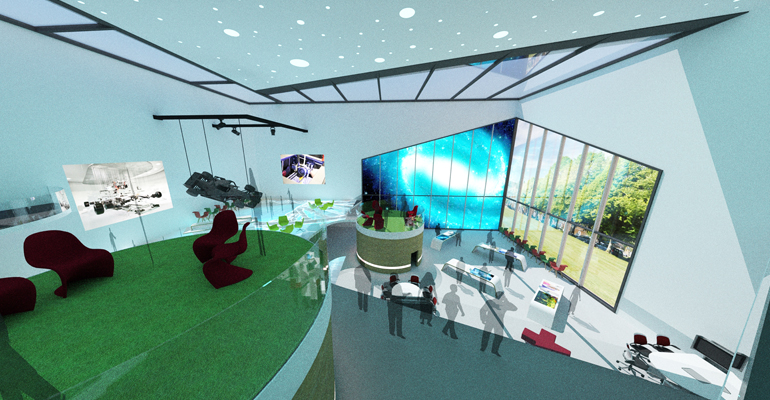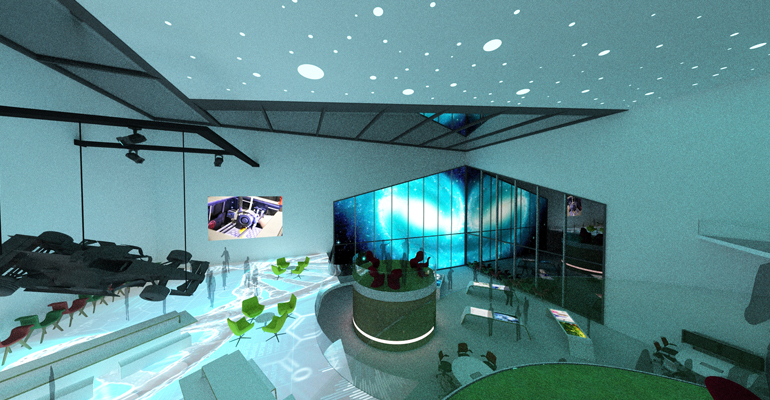What will School Science Laboratories of the Future look like?
With ever-improving technologies and an increased understanding of the factors which create a positive learning environment, classrooms are evolving to provide better facilities, support and education. Science laboratories in particular are improving to meet the demands of curriculums which incorporate both theoretical and practical education.
Here we explore how the science labs of the future may develop:

Bespoke Design
Ofsted recently warned that a lack of practical education in GCSE science has led to pupils struggling with the subject. The educational body has emphasised the importance for schools to embrace practical learning, providing specialised education for their students, and helping to improve academic progress.
In the ongoing pursuit of improved Ofsted reports, many secondary schools and academies will want to expand the practical learning facilities in their science laboratories. This could lead to an increase in the number of schools and academies with bespoke science laboratories, providing a hub for scientific learning and discovery.
Bespoke features to meet the needs of progressive science laboratories can help create learning environments benefiting generations of students. Projects such as Burnley University Technical College’s new science laboratories demonstrate the potential of using the surroundings and space available to creative positive learning environments.
Flexible Spaces
Scientific and technological development will continue to progress and improve, so it is vital that school laboratories are flexible and adaptable to accommodate this growth. Incorporating technological developments and up-to-date scientific understanding can give students a more in-depth and accurate knowledge of the subject matter.
The space within a secondary school science laboratory should be flexible, to accommodate both practical and theoretical learning effectively.
The diverse range of subject matters covered in science classes demand a wide selection of different facilities. From measuring acceleration to dissecting a frog, practical learning within science labs often requires specialist equipment. This makes it incredibly important for the science laboratory to be flexible.
Participatory Teaching Methods
As depicted by the learning triangle, students’ academic progress benefits greatly from a combination of both participatory and passive learning methods.
Creating a science classroom which can make the transition from theoretical study room to practical laboratory will help improve the educational development of students.
Participatory learning gives students a platform to discuss theories and principles with their peers, and in doing so advances their scientific understanding. Open classroom structures support progressive approaches such as active discussion groups, practice activities and student collaboration.
Classrooms across the UK are attended by students who have different ways of learning. So it stands to reason that a science laboratory which has the ability to incorporate passive and participatory learning methods will be better suited to a greater proportion of its students.
Ultimately, science laboratories of the future should be designed in a manner that allows teachers to experiment with different teaching practises, as we see a steady progression to more participatory learning methods.




